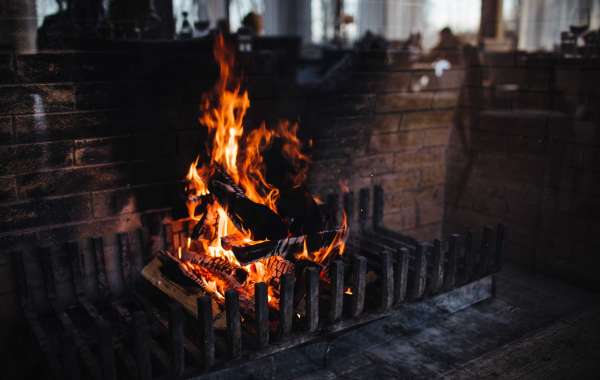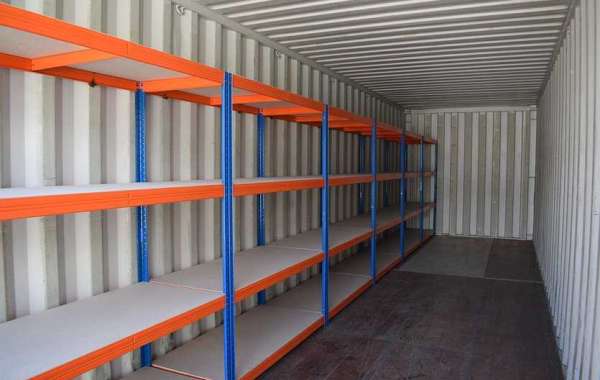 Unlike traditional open fireplaces wood stoves are designed and optimised to burn wood. This allows them to meet stricter emission regulations.
Unlike traditional open fireplaces wood stoves are designed and optimised to burn wood. This allows them to meet stricter emission regulations. Wood burning stoves are renowned for their dancing yellow flames, cosy crackling sound and that innate sense of warmth. The smoke that is generated is filled with harmful air pollutants such as benzene, formaldehyde, and polycyclic aromatic hydrocarbons.
Wood burning stoves are renowned for their dancing yellow flames, cosy crackling sound and that innate sense of warmth. The smoke that is generated is filled with harmful air pollutants such as benzene, formaldehyde, and polycyclic aromatic hydrocarbons.Efficient
Fireplaces and stoves that are wood-burning are not only stunning, but they are also incredibly efficient. A good quality wood burner can attain an Ecodesign rating of as high as 77%. It is vital to get the most benefit of your wood burner in light of rising energy costs. The good news is it's easier than ever to do!
The moisture content of firewood is an important factor that determines how efficient a wood-burning stove is. We recommend using only dried and seasoned wood that has dried over a period of at least one year and in many cases two years. The more dry the wood, the better it burns. This results in less smoke, and less harmful emissions.
Another advantage of a wood-burning stove is that it's a low carbon source of fuel, which is fantastic for the environment. In addition, by buying locally sourced firewood you are aiding in the management of woodlands which is a good aspect for wildlife.
In terms of maintenance concerned, the only requirement of a wood burner is to scoop up and dispose of the ash. It can be somewhat of a hassle however it is worth it to get the maximum heat out of every log. Furthermore when you wait for a couple of days until the ashes completely cool, they can be reused as a non-toxic and eco-friendly ice melt. They can be used to polish jewelry and absorb smells.
A wood burner fireplace is a truly timeless classic. Although they're not as popular than gas fireplaces but there's no denying the appeal and appeal of a roaring log fire. They're perfect for cosying with on cold winter evenings and are a great method of creating an inviting and warm space in the heart of your home. Make sure you invest in a high-quality wood burner and you'll be benefiting for many years to come! Contact us today to find out more about how our expert chimney sweeps can help you get the best out of your stove.
Low Carbon
Wood burners that are efficient and clean are the best way to save money while keeping your home warm. In addition, they can also assist in local woodland management, a fantastic way to support the wildlife that lives in your local area.
Wood-burning stoves and fireplaces produce very little pollution if they are properly maintained and operated with dry, seasoned and dry firewood. If they aren't maintained properly or make use of wood that is not of high quality, the smoke that is produced contains fine particles, commonly referred to as particulate pollution that can cause irritation to the the lungs and other organs of the body. Carbon monoxide, air pollutants that are toxic such as formaldehyde and benzene, and polycyclic aromatic hydrocarbons are also found in. Inhaling air pollution can cause irritation of the lung and lead to asthma attacks, wheezing, coughing and lung irritation. It may also cause cancer, heart disease or premature death.
Many people are concerned that using a wood burning stove will contribute to climate change however this isn't necessarily the case. Burning wood produces energy that is carbon neutral. In the course of the life of a tree, it absorbs carbon dioxide and when it is burnt, the carbon dioxide absorbed is released back into the atmosphere.
The wood is produced locally, which reduces the amount of pollution emitted in the transportation process. It is also essential to select top quality woods that are seasoned and seasoned as they will provide a longer and more even burn than softwoods.
Modern, EPA certified wood stoves and heaters (such as those manufactured by Charlton Jenrick) have much lower emissions than older stoves. They have been tested and certified to meet 2020 EPA standards, which are significantly more strict than previous emissions limits.
To avoid the buildup of exhaust in your home, all wood-burning stoves must be vented completely to the outside. All of our current DEFRA-exempt, clean burn stoves can create very clear exhaust by keeping the flames at a distance from the wood logs and by using dry and seasoned firewood.
A wood-burning stove with an integrated unit or catalytic converter can provide the ultimate low carbon solution for heating. These units ignite gasses and particles from the initial burning in a second phase by mixing them with superheated air. The remaining gasses and particulates are transferred to a catalytic unit for a final third combustion. This further reduces emissions to levels well below the government standards.
Clean Burn
Cleanburn wood stoves burn fuel at the highest efficiency. This results in the release of a small amount of particles into the air when burning wood. The stove's air management system controls the intake and exhausting of gases, ensuring the combustion process takes place in a closed, controlled atmosphere. It also regulates the flame height to reduce emissions and maximize the heat output.
This means that your chimney as well as the surrounding area will be cleaner than older stoves. Particulate matter (also known as particle pollution) from incompletely combusted wood causes respiratory issues like wheezing and coughing in people and contributes to the development of heart diseases, stroke, diabetes and other serious health issues. Wood burning is also a contributor to poor air quality in cities.
The smoke that is emitted from poorly combusted wood contains fine particulate pollution and hazardous air pollutants such as carbon monoxide, volatile organic compounds, nitrogen oxides, benzene formaldehyde, and polycyclic aromatic hydrocarbons. These particles can penetrate deep into the lung and other organs, causing damage, discomfort and even death. Airborne dust can also harm the surfaces of your home and create the impression of a rough surface to rooms.
When using your wood-burning fireplace, it's important to only use high-quality firewood that has been seasoned and dried. The most valuable woods for heating are hardwoods, such as beech, oak and ash. Hardwoods are incredibly dense and have a higher BTU content than softwoods. They also have more heat.
You should also check whether your local authority has rules regarding wood burning. These rules could include rules on odors and nuisances, as well as visible emissions or smoke opacity restrictions.
It is essential to keep the glass of a stove with an open front that is free of dirt and deposits. This can be done with a dry cloth or oven cleaner spray. You can also add bicarbonate soda and water to the glass.
Regular maintenance is essential for your stove and chimney. This includes regular chimney cleanings to remove creosote and ensure proper operation of the flue. Also be sure to mark dates for regular inspections in your calendar, as this will help you avoid costly repairs and prolong the lifespan of your wood stove.
Low Maintenance
Many people opt to install wood burning fireplaces because of the natural warmth they generate. This type of fireplace requires some maintenance and upkeep. The chimney, flue and stove can all be the cause of house fires if not cleaned and maintained regularly. These fireplaces are also an excellent source of warmth when power is out, especially in winter when snowstorms can cause tree branches to fall and knock down under-hanging power lines.
Using a wood burner to heat your home will reduce your carbon footprint substantially when compared to other fossil fuel sources like gas. Modern wood stoves, inserts and fireplaces are designed to conform to EPA standards (Environmental Protection Agency) which means they emit very little emissions. The more well-seasoned wood that you use the more efficient the stove will be. You'll need less wood to generate the same heat.
They require some maintenance and care, including ensuring they are placed away from combustible materials and a screen is installed. Cleaning the grate of debris and ash will help air flow and prevent the fire from dying out too quickly. Also, it will keep your home clean. It is important to have your chimney and stove cleaned at least twice a year to avoid creosote accumulation that could create fire hazards or blockage and restrict circulation.
A wood burning stove needs to be kept in good order and it could take some time for a novice homeowner to learn how to ignite, light and maintain a steady fire in the fireplace. Once you've learned the art of burning, your wood burning stove will be a source for warmth and comfort in your home.
Wood burning fireplaces are around in a variety of forms or styles for more than 500 years. They've gained a lot of attention due to their energy efficiency, sustainability and the natural warmth of real wood. If you're thinking of buying installing a new heater, speak with your local certified Regency dealer to find out more about the benefits of a wood stove or an insert for your home.







